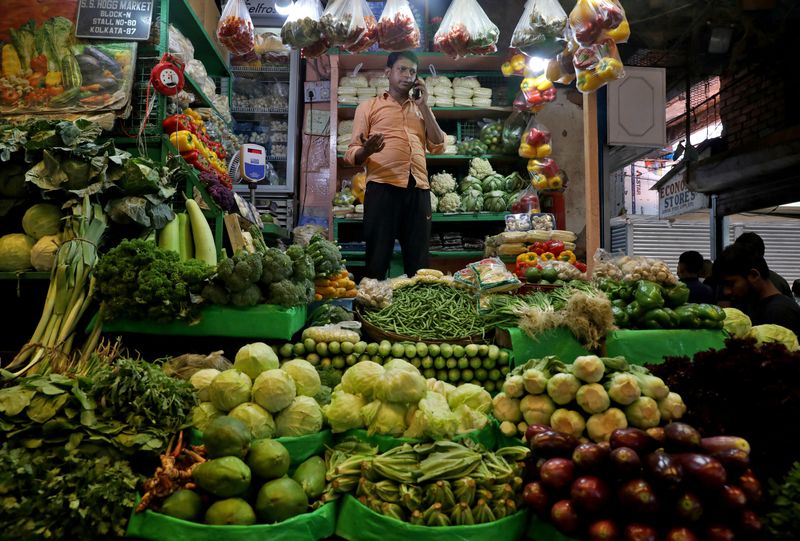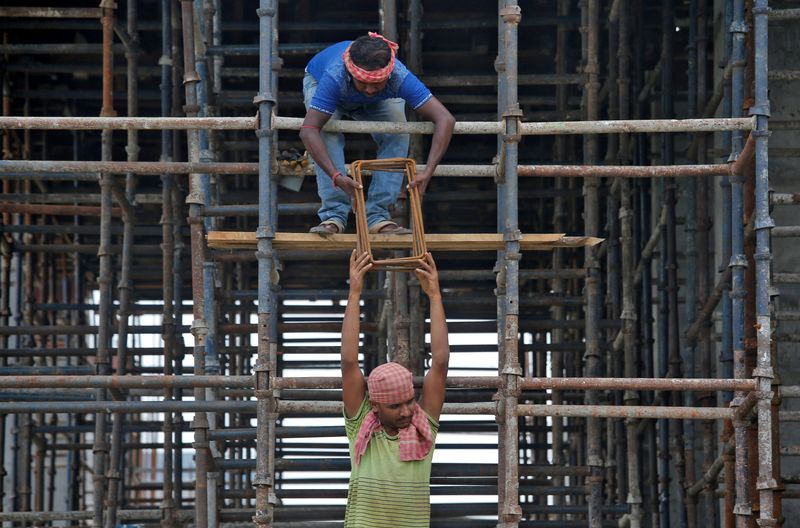By Manoj Kumar
NEW DELHI (Reuters) -India is better placed than many other emerging economies to weather the impact of global headwinds, the World Bank said on Tuesday, revising up its growth forecast for the country to 6.9% for fiscal 2022 from an earlier estimate of 6.5%.
The estimate was within the government's own recent guidance. Asia's third-largest economy, which expanded 6.3% in the July-September quarter, is estimated to grow 6.8-7% in the current 2022/23 fiscal year ending March, it said last week.
Like many developing economies, India is confronting inflation following a surge in global food and fuel prices after Russia's invasion of Ukraine earlier this year. That has prompted the central bank to raise policy interest rates while warning about the impact of an international economic slowdown.
"India's economy has been remarkably resilient to the deteriorating external environment," said Auguste Tano Kouame, World Bank's country director, while releasing the India Development Update Report.
Strong tax collections, forex reserves and available policy space, along with prudent macroeconomic management, helped make India's economy resilient to deal with a financial crisis, he said.
"However, continued vigilance is required as adverse global developments persist," he said, warning that a deteriorating global environment would impact India's growth prospects.
The World Bank trimmed its growth forecast for India to 6.6% from 7% earlier for fiscal 2023/24, which will begin in April.
India, like its global peers, has been plagued by higher commodity prices and interest rates by central banks worldwide.
However, the World Bank was confident the global slowdown would have a much lower impact on India compared to other emerging economies.
"We have no concerns about India's debt sustainability at this stage," World Bank economist Dhruv Sharma said, adding that public debt had declined.
For other emerging economies, the impact of eroded growth in the United States, euro zone countries and China was at least 1.5 times greater compared to India, the report said, noting that a one-percentage-point fall in U.S. growth could lower Indian growth by 0.4 percentage point.

The report saw average retail inflation at 7.1% in the current financial year, adding that the fall in commodity prices could dampen inflationary pressures.
India's annual retail inflation eased to a three-month low of 6.77% in October, but some economists believe it could take up to two years before the rate eases to 4% — the middle level of the Reserve Bank of India's target.
